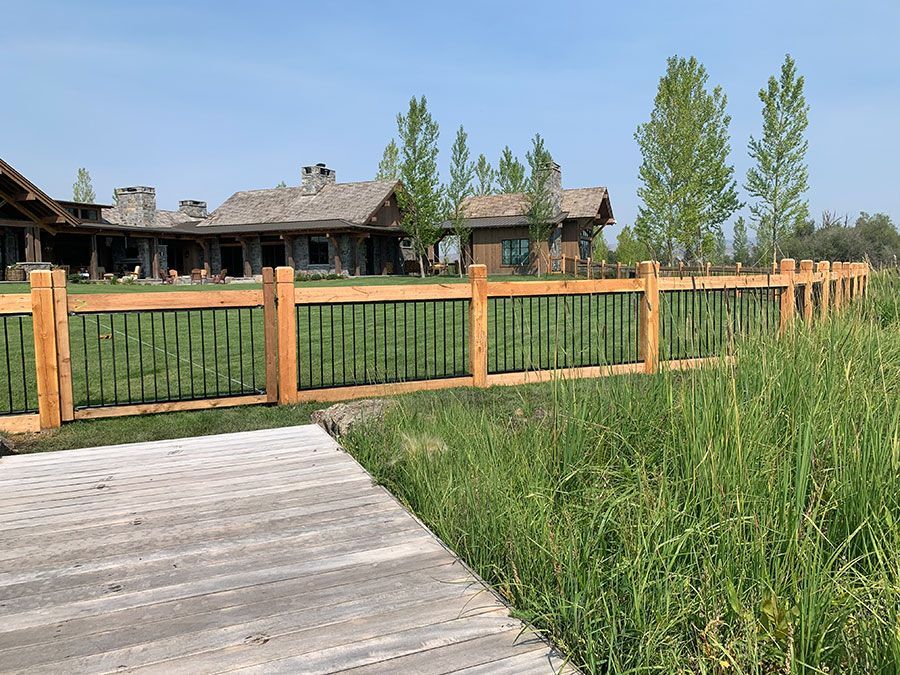Discover how continuous panel fencing has evolved into a leading fencing solution for various industries.
Early History of Continuous Panel Fencing
Continuous panel fencing originated out of necessity, with early designs using simple materials such as wood and stone to create barriers. Though practical, they were not as effective or long-lasting as modern fences.
Technological Advancements Over the Years
The industrial revolution marked a significant turning point for fencing technology. The introduction of steel production made it possible to create stronger and more consistent panels. By the mid-20th century, continuous panel fencing began to emerge as a practical solution for agricultural and industrial needs.
Innovations in welding and fabrication made fencing more customizable and durable, leading to the shift from manual assembly to pre-fabricated panels, which sped up the installation process.
The Evolution of Materials in Continuous Panel Fencing
The materials used for continuous panel fencing have undergone significant changes to improve durability, reduce costs, and increase sustainability. Some notable advancements include:
- Galvanized Steel: Introduced for its resistance to rust and long-lasting performance.
- Powder-Coated Finishes: Added for aesthetic appeal and enhanced protection against the elements.
- Recycled Materials: Growing emphasis on eco-friendly solutions has led to the use of recycled steel and other sustainable materials.
How Different Industries Adopted Continuous Panel Fencing
Initially developed for farmers and ranchers, continuous panel fencing has found applications across many industries. Today, it’s a top choice for:
- Agriculture: Managing livestock and protecting crops.
- Industrial: Securing warehouses, factories, and storage areas.
- Residential: Enhancing property boundaries and aesthetics.
- Public Spaces: Safeguarding parks, playgrounds, and recreational areas.
This versatility has solidified its position as a go-to fencing solution worldwide.
What’s Next for Continuous Panel Fencing?
As technology and sustainability continue to evolve, the future of continuous panel fencing looks bright. Emerging trends include:
- Smart Fencing: Integration of sensors and technology for automated monitoring and security.
- Modular Designs: Easier customization and reconfiguration to adapt to changing needs.
- Green Materials: Increased use of recycled and biodegradable materials to minimize environmental impact.
With these exciting developments on the horizon, continuous panel fencing will continue to evolve to meet the needs of modern property management.
Final Thoughts
From its early days to modern applications, continuous panel fencing has grown into a reliable and adaptable solution. With innovations on the way, its future looks bright. Ready to invest in a durable fencing solution? Contact Montana Fence now!
